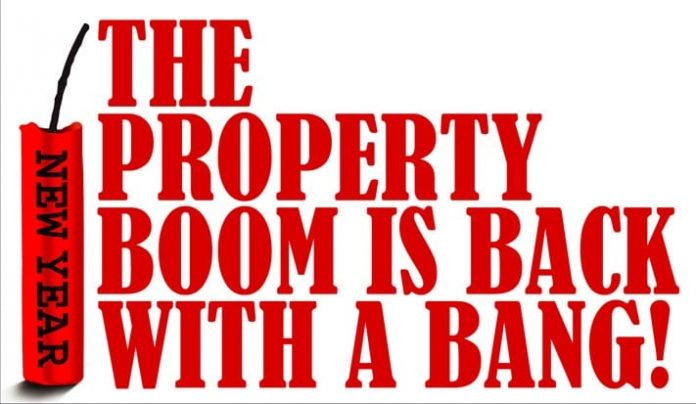
Last week, Dubai hosted once again the biggest regional real estate exhibition – Cityscape Global. During the event, it become evident that the city’s property market is not as big as it used to be about six years ago. However, Cityscape showcased a great number of new and revised projects. Well-established and newly founded companies did their best to lure buyers with their offers.
Dubai’s property market is now regulated much more effectively compared to the previous boom period. However, that does not mean that all property investments made in the city will be successful. People are not safe from losing their money. Investing does not necessarily go hand in hand with profits. People who have been here during the previous boom are well aware of this fact. Many have lost solid amounts of money, while some were even forced by the circumstances to return to their countries of origin and abandon their partially-paid properties. If some individuals who have experienced the turbulence have learnt their lesson, companies who survived the crash do not show signs of such evolution.
Dubai is still giving a green light to an enormous number of new projects, despite that approximately 45,000 residential units are scheduled to enter the market only until 2015, according to Jones Lang LaSalle’s statistics. From investors’ perspective, this strategy is both surprising and confusing. The perspectives of a new property boom will be much more probable if the number of projects is limited.
Investing in massive projects which are about to be build from a scratch is a risky job. For example, Palazzo Versace Dubai is delayed by nearly six years so far and there is no sign that the project will be released to investors anytime before the end of 2015.
For investors start strategy is to search for additions and expansions of already established developments with developed or at least partially developed infrastructure. Big local property developers heavily rely on this strategy. Emaar Properties, for example, has not stopped adding more smaller projects to its over 20-billion dirhams Downtown Dubai development. This is happening despite the fact that a huge number of Downtown apartments remains vacant until today.
The Dubai new property boom, which was observed in the course of the past one and half year will eventually slow down by financing availability. This will most probably be caused by the unavoidable jump of interested rates on a global level. Developers may not be able to get the money they need to finish their projects. Nevertheless, such outcome may also have positive sides. One of them is that it will help maintaining the level of house prices. The supply will eventually catch on the demand in the not so distant future.
In fact, the supply-demand balance is not likely to change any time soon, which means that a big number of properties in Dubai will remain unoccupied for a long time. Although Dubai has moved on and changed a lot since the last financial crisis, risks remain on the cards.
A positive news about Dubai’s World Expo 2020 bid will eventually keep fueling the property sector, although a significant increase in residential property prices would likely occur when the event comes closer. As of now, the expected positive outcome seem already a discounted news for the financial and property market.
At present, a correction of about 25% to 30% looks more possible to materialize during the coming two years mainly on the back of new already built or delayed fresh supply and the huge amount of newly announced projects. A large availability does not support demand, but on the contrary – it depreciates the value of products.























![The Square at Nad Al Sheba Gardens Now Open hope tax season treated you well! Just checking in—ready to refocus on growing your business? I remember how we discussed scaling your [specific aspect of their business, e.g., online presence] but paused due to time constraints. We now offer a streamlined 6-month plan that delivers real results without adding to your workload. Let me know if you'd like to chat—I’d love to help you pick up where we left off!](https://www.dubaichronicle.com/wp-content/uploads/2024/11/The-Square-5-218x150.jpg)








